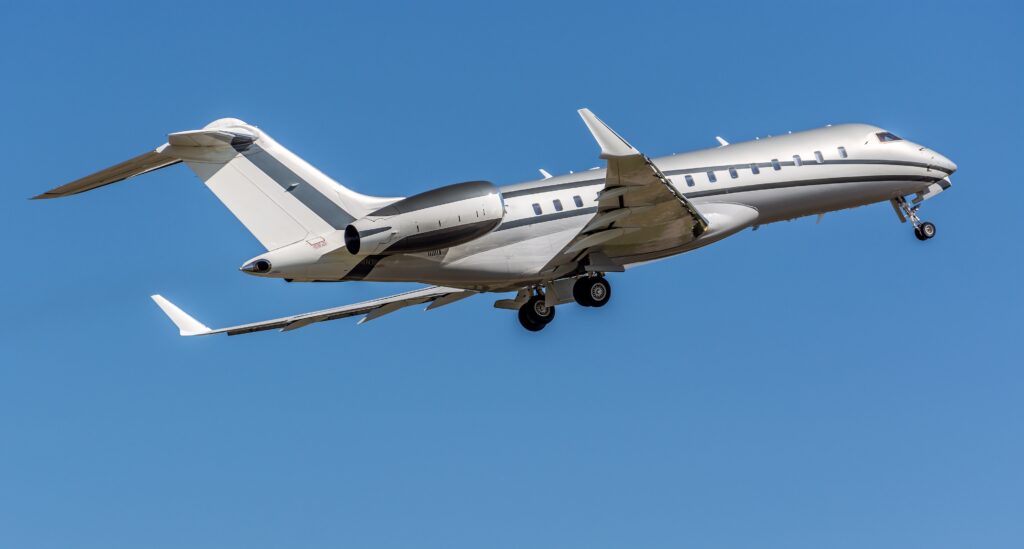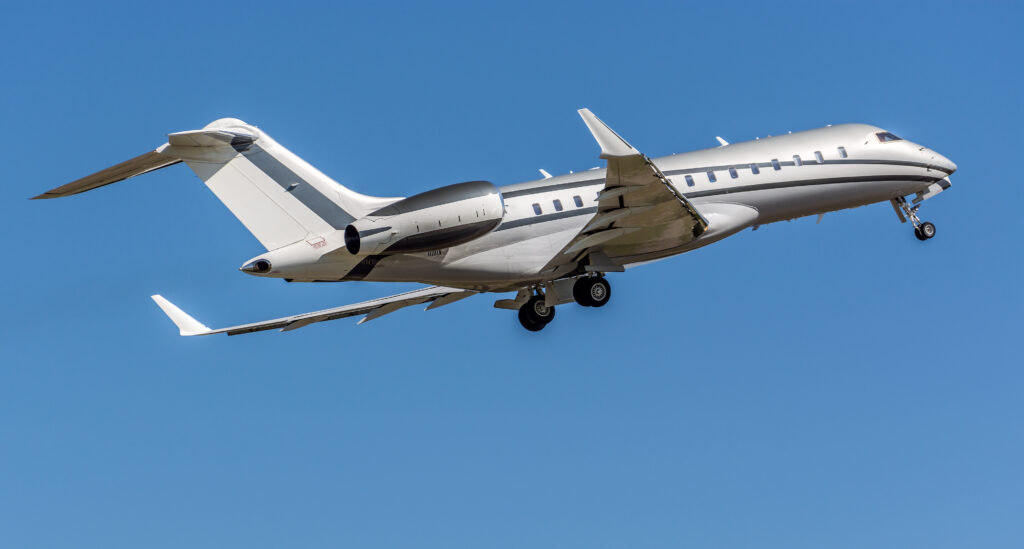Private aviation has long been seen as an industry that is not particularly eco-friendly. However, recent advancements have shown that private aviation leaders are pushing towards sustainability. Companies such as Gulfstream and Bombardier are leading the way, with innovations such as prioritizing environmental efficiency for new designs and committing research funds to develop green private jets. It is clear that private aviation is taking big steps when it comes to sustainability. Let us dive into what advancements are taking place in the industry and what it means for private aircraft owners in the future.
In recent years, striving for sustainability has become a central issue among many industries—and the private aviation sector is no exception. To combat environmental damage caused by emissions from air travel, companies have taken initiatives such as carbon offsets, carbon trading systems, and most notably the use of sustainable aviation fuels (SAF). Sustainable Aviation Fuel can decrease greenhouse gas emissions by up to 80% in comparison with traditional jet fuel.
In the Fall of 2020, VistaJet partnered with SkyNRG –the world’s foremost Sustainable Aviation Fuel (SAF) provider– to introduce a revolutionary flight management system. This novel program maximizes energy efficiency through optimized route selection, level and speed. Moreover, it helps reduce fuel burn by minimizing unnecessary repositioning of flights when booking. And amazingly enough: just eight months later 80% of their members had opted-in for emissions compensation.
Besides the Sustainable Aviation Fuel (SAF) initiative, airlines are investing in myriad projects to develop cleaner and greener aircraft. Designers work relentlessly to produce models that can significantly reduce carbon output while still providing efficient performance, as well as incorporating responsibly-sourced materials into their designs. Furthermore, companies have ramped up their efforts towards utilizing clean energy for production processes, so they can embrace sustainability on all scales.
In 2008, Gulfstream set environmental efficacy as its main goal for developing the G500 and G600 designs from scratch. In 2011, a Gulfstream G450 was the first aircraft to successfully cross the Atlantic Ocean powered solely by Sustainable Aviation Fuel (SAF). Recently, the National Aeronautic Association awarded a Sustainable Wings certificate to recognize a record-breaking flight from Savannah to San Francisco that utilized a blend of 30% Sustainable Aviation Fuel (SAF) and 70% traditional Jet-A fuel.
Bombardier has dedicated over half of its research and development funds to perfecting private jets that are more sustainable than ever before. As private aviation companies continue innovating with sustainability in mind, private aircraft owners can look forward to an even greener future for air travel.
Specifically, on the Bombardier Challenger 3500, the material that goes into the cabin now gives customers options with recycled and sustainable materials. The cockpit technology allows pilots to fly more efficiently and reduce CO2 emissions and is fully compatible with Sustainable Aviation Fuels. Moreover, the in-cabin experience stands head and shoulders above the competition due to its groundbreaking voice-control technology.
Embraer has announced its ambitious plan to achieve net-zero carbon emissions: the “Energia” family of aircrafts. This lineup includes four integral models, with seating capacities ranging from nine passengers to a maximum of 50, and is anticipated to be ready for launch between 2030 and 2040. To reduce their carbon footprint, Embraer will trial hybrid-electric propulsion, full electric propulsion, hydrogen-electric propulsion, and hybrid SAF/Jet-A turbine propulsion in each of these crafts.
The E9-HE hybrid concept from the Energia family is powered by a solitary piston engine and two electric motors. The plane’s ascent will be boosted by the electrical energy, however once it reaches its cruising altitude, this power source is turned off so that the engine can function at an improved efficiency of 50%, reducing fuel consumption while cutting down on CO2 emissions up to 90%.
The private aviation industry is continuing to prove that it is serious about sustainability and its buyers are becoming increasingly interested in the matter. Through advancements in private aircraft designs and the use of sustainable aviation fuel, private aviation is one step closer to being a more eco-friendly industry. The new and improved private jets are more efficient than ever before and help reduce the environmental impact of air travel.
Want to hear about more important updates in the private aviation industry? Sign up for our newsletter to make sure you don’t miss out. By joining our list of Charlie Bravo Insiders, you’ll learn about aircraft before they come to the market, gain insight that can save you thousands of dollars when you decide to buy or sell, and read our latest articles and resources.




